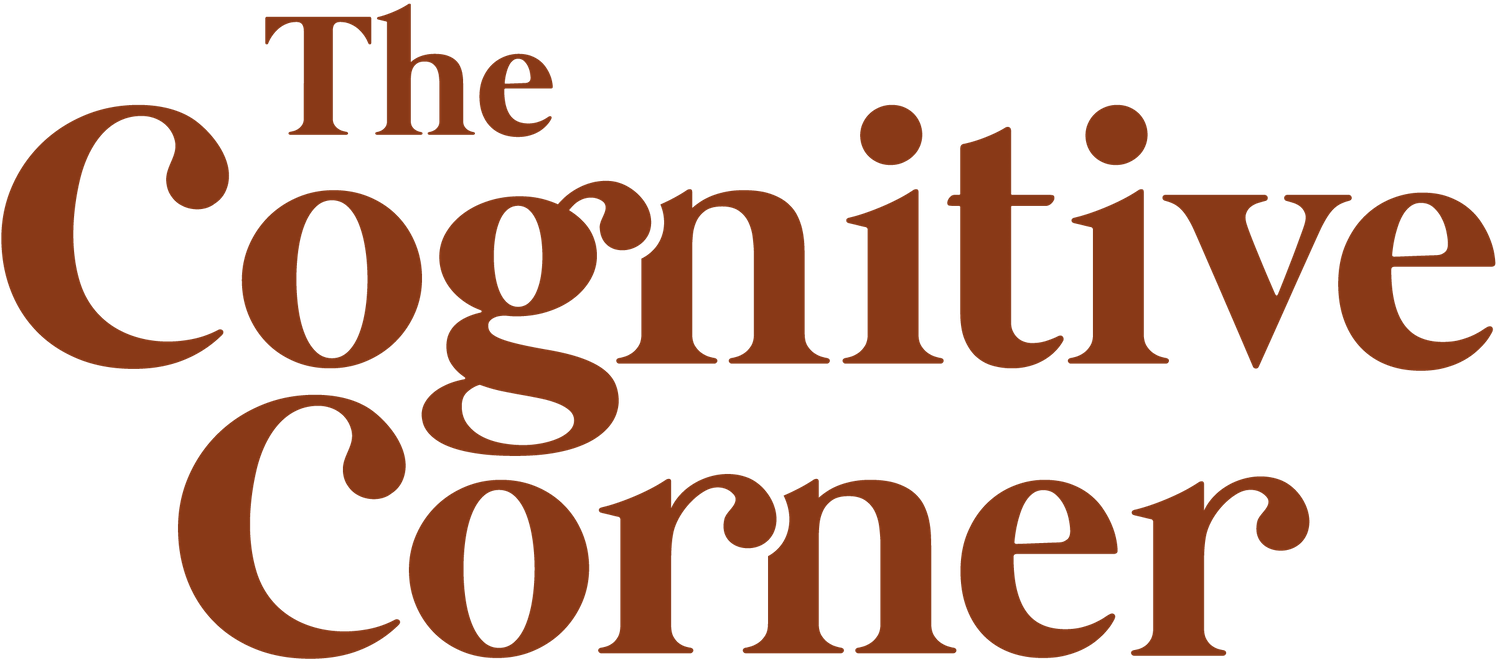Limerence: Understanding Romantic Obsession and How Therapy Can Help
Ever found yourself obsessively daydreaming about someone, replaying every interaction, or feeling like your mood is completely tied to their attention? You might be experiencing something deeper than just a crush—it's called limerence.
Limerence is that intense, almost all-consuming infatuation that can feel exhilarating yet emotionally exhausting. It’s like living in a daydream but with a side of anxiety. You’re constantly craving their reciprocation, idealizing them to perfection, and struggling to focus on anything else. Sound familiar?
But wait—how is this different from love? And more importantly, how do you break free from this emotional roller coaster? Let’s break it down in this blog post.
What is Limerence?
Limerence is a state of intense romantic obsession and emotional preoccupation with another person. Unlike healthy love, this is often marked by intrusive thoughts, idealization, and an overwhelming longing for reciprocation. This fixation can interfere with daily life and emotional well-being.
Limerence vs. Love: Key Differences
While this may feel like love, the two are distinct. Love is built on mutual connection, emotional security, and respect. In contrast, limerence is fueled by uncertainty, emotional highs and lows, and a desperate need for validation. Understanding these differences can help individuals recognize unhealthy patterns in relationships.
Signs You May Be Experiencing Limerence
Identifying limerence is the first step toward managing romantic preoccupation. Common signs include:
Intrusive and persistent thoughts about the person of focus
Emotional dependency and extreme mood swings based on their actions
Difficulty focusing on other areas of life
Over-idealizing the person while ignoring red flags
Feeling unable to control your emotional reactions toward them
The Impact of Limerence on Relationships
Limerence can create emotional distress and strain relationships. Some potential effects include:
Unhealthy dependency that leads to anxiety and insecurity
Jealousy or obsessive behaviors that disrupt personal well-being
Neglect of personal growth, friendships, and responsibilities Recognizing these effects is crucial in taking steps toward emotional balance and self-care.
Overcoming Limerence: Tips for Breaking Free from Romantic Obsession
If you are struggling with breaking free, here are actionable steps to help you regain emotional control:
Set Boundaries: Limit contact with the person if necessary.
Focus on Self-Care: Engage in activities that bring you joy and fulfillment.
Challenge Intrusive Thoughts: Practice mindfulness and cognitive reframing.
Seek Professional Support: Therapy can help you process emotions and develop healthier relationship patterns.
Limerence and Attachment Styles
Insecure attachment styles, such as anxious or avoidant attachment, can contribute to limerence. Those with anxious attachment may crave reassurance, while avoidant individuals may fixate on unavailable partners. Therapy can help uncover these patterns and foster healthier relationships.
Expert Opinion on Limerence from TCC Relationship Therapist Gabriella
We interviewed TCC’s relationship therapist Gabriella, who specializes in limerence, to get her expert insights on this complex emotional experience. We asked her some key questions to better understand the traits linked to limerence, effective therapeutic approaches, and first steps for those who think they might be experiencing
Are certain personality traits, past experiences, or other predispositions linked to a higher likelihood of experiencing limerence?
Yes, certain traits and experiences can make someone more prone to limerence. People with anxiety, heightened sensitivity, socially prescribed perfectionism (feeling pressured to meet external standards), or those who have higher neurotic personality traits (emotional sensitivity and dysregulation) are more likely to experience limerence.
Attachment styles also play a role. Those with anxious or ambivalent attachment styles, often due to inconsistent caregiver availability in childhood, are more vulnerable. Limerence can also overlap with conditions like Attention Deficit Hyperactive Disorder (ADHD), with symptoms of hyperfocus or emotional dysregulation, and Relationship Obsessive-Compulsive Disorder (ROCD), which may impact a person if they have obsessive thoughts about their partner or obsessive thoughts about their romantic relationship itself.
What therapeutic approaches or techniques are most effective for treating limerence?
EMDR (Eye Movement Desensitization and Reprocessing): A trauma-informed approach to process past experiences and shift core beliefs.
Psychoeducation: Understanding what limerence is and recognizing its patterns.
Cognitive Behavioural Therapy (CBT): Challenging obsessive thought patterns.
Exposure and Response Prevention (ERP): Helpful for those with OCD tendencies.
Attachment Style Repair: Healing attachment-related patterns.
Emotional Regulation: Using mindfulness, body scans, and somatic work to manage emotions.
What first steps would you recommend to someone who thinks they might be experiencing limerence?
Know that you are not alone – limerence is more common than it seems.
Educate yourself using trusted resources to understand what you’re experiencing.
Reach out for support by sharing your experiences with someone you trust, like a close friend or a therapist who understands limerence. Connecting with others can provide relief and guidance on coping with limerence.
If you’d like to explore how therapy can help, book a free 15-min consultation with Gabriella on our website. Gabriella is accepting new clients in 🇨🇦 Alberta: in-person in Calgary and virtually across the province.
Conclusion:
Limerence can feel overwhelming, but understanding its impact and seeking support can lead to healthier, more fulfilling connections. If you're struggling with romantic obsession, professional therapy can offer valuable guidance in overcoming these challenges and building emotional well-being. If you’re looking for relationship therapist in Canada, feel free to check Our Team Page and book a free 15-min consult with one of our relationship therapists.
References
Bradbury, P., Short, E., & Bleakley, P. (2024). Limerence, Hidden Obsession, Fixation, and Rumination: A Scoping Review of Human Behaviour. Journal of Police and Criminal Psychology. https://doi.org/10.1007/s11896-024-09674-x
Cleveland Clinic. (2023). What is limerence? Retrieved from https://health.clevelandclinic.org/limerence
PsychCentral. (2023). Limerence: Definition, symptoms, and how to move forward. Retrieved from https://psychcentral.com/relationships/limerence#definition
Willmott, H., & Bentley, T. (2015). The effects of limerence on mental health and relationships.



